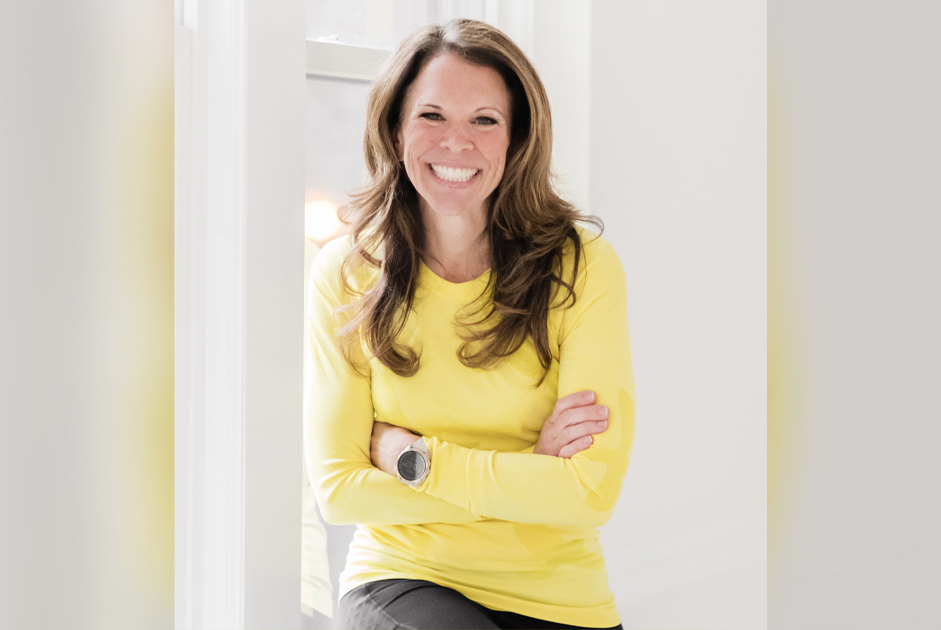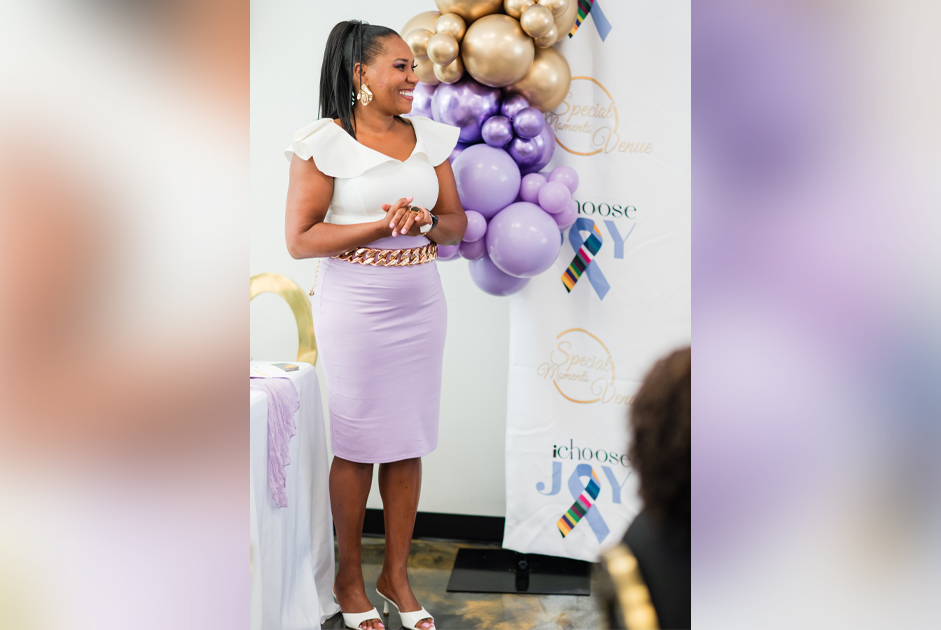For many of us, the arrival of “that time of the month” is met with dread. Cramps, bloating, headaches, irritability and sugar cravings are common complaints. But, what if we could flip the script and turn this so-called “curse” into a superpower?
First, let’s clarify some basics. The menstrual cycle isn’t just the days you bleed – it’s the entire span from the first day of one period to the day before the next. A typical cycle lasts between 26 to 33 days. Your period, on the other hand, is just the number of days you bleed within that cycle.
The menstrual cycle is a powerful barometer for your overall health. It provides insights into how your body is handling stress, reveals possible mineral deficiencies and shows how well your diet and lifestyle are working for you. When something is off, your cycle can be one of the first indicators that something needs attention.
The Hormonal Players
During a typical 26-33 day cycle, three main hormones take center stage at different times: estrogen, progesterone and testosterone. Each of these hormones plays a unique role:
- Estrogen: Promotes an hourglass figure, plumps the skin and offers brain protection.
- Progesterone: Enhances mood, supports a healthy metabolism and induces a sense of calm, love and connection.
- Testosterone: Boosts libido, improves mood and helps build muscle.
When these hormones are in harmony, they work together to help you feel your best. But, when one is out of balance, it can lead to a host of issues. Let’s explore how you can make the most of each phase of your cycle.
Week 1: The Bleed Week
At the start of your period, all hormones are at their lowest levels. You may feel more tired and crave extra sleep – listen to your body and allow yourself to rest. As the week progresses, estrogen begins to rise, signaling the start of the follicular phase, which continues until ovulation.
This is a great time to focus inward. Use this quieter energy to set goals, reflect and identify any challenges you want to tackle.
Week 2: The Estrogen and Testosterone Surge
In week two, estrogen continues to rise, and testosterone joins the party. As a result, you may notice plumper lips, a brighter mood and an increased libido. These changes are part of nature’s design to make you more attractive and energetic during this fertile phase.
For those looking to conceive, this is the time to try. For those who aren’t, be mindful of protection. Single or taken, this is your time to shine – plan social activities, pursue hobbies or engage in networking. You’ll likely find that others are drawn to your vibrant energy.
Week 3: Ovulation and Progesterone
Ovulation occurs in the middle of your cycle, and though the egg is only viable for about four hours, sperm can live in the body for several days before ovulation. After ovulation, the luteal phase begins, with progesterone taking the lead. This hormone prepares the body for a potential pregnancy by thickening the uterine lining.
This week is ideal for productivity. You might feel more focused and ready to tackle tasks, have important conversations or even ask for that raise at work.
Week 4: The Premenstrual Phase
As estrogen and progesterone levels drop towards the end of your cycle, you might feel more irritable and experience stronger cravings. This phase, often dreaded for its symptoms, can actually be a time of great insight. Pay attention to what’s bothering you – this is the perfect opportunity to identify areas in your life that may need change.
Remember, next week you’ll have the chance to reflect on these challenges and begin working on solutions.
Your menstrual cycle isn’t just a monthly nuisance – it’s a powerful tool that can guide your physical, emotional and spiritual well being. Embrace it, and let it be your superpower!



















